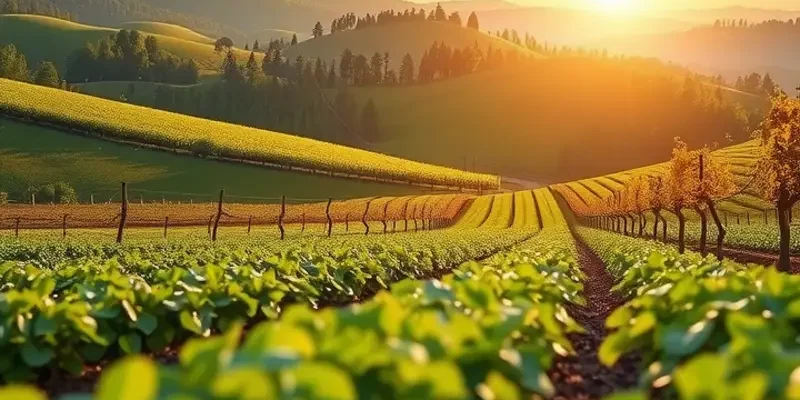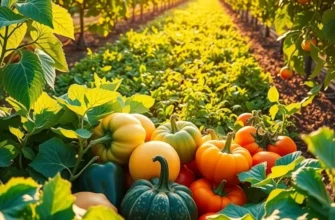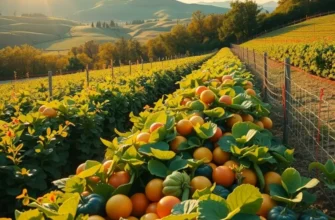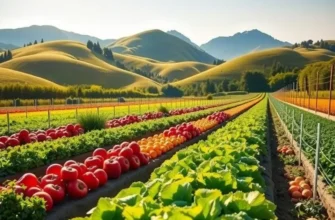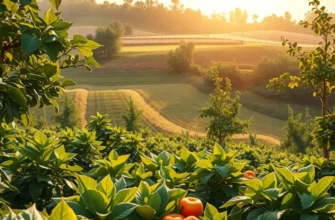Choosing sustainable foods not only nourishes our bodies but also plays a crucial role in protecting wildlife habitats. As environmentally-conscious individuals, our food choices can have a significant impact on local ecosystems. By opting for foods that foster wildlife habitats, we can support biodiversity, promote ecological balance, and make a positive change in our planet’s health. This journey begins with understanding the types of foods that encourage wildlife and how we can incorporate them into our diets for a greener future.
Edible Landscapes: The Power of Local Produce
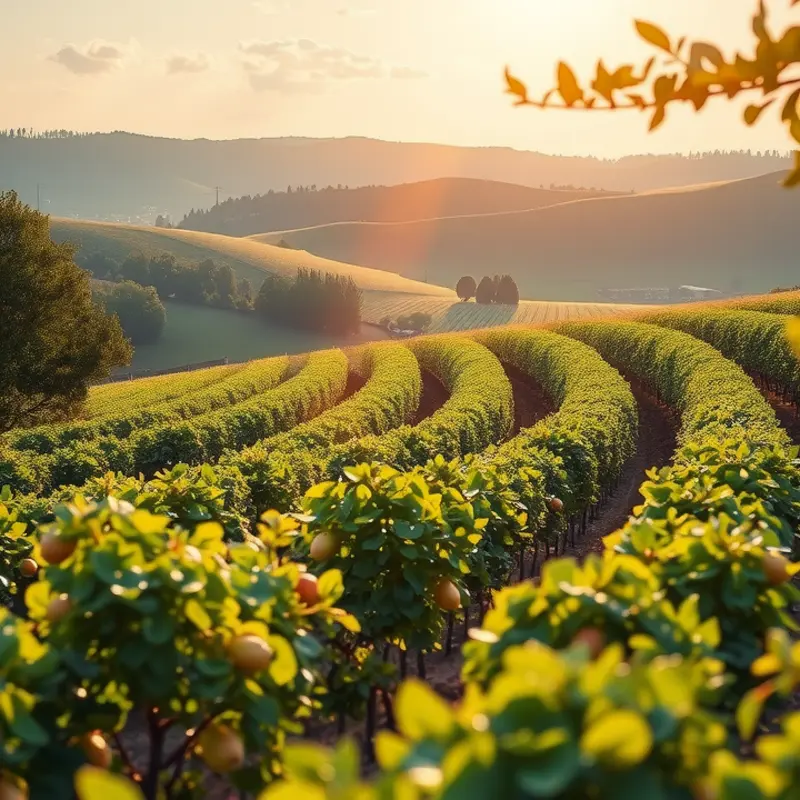
Choosing local produce is not just beneficial for human consumption; it plays a crucial role in supporting wildlife habitats. Locally grown fruits and vegetables are typically fresher and have more nutrients than those transported over long distances. By prioritizing local produce, we not only enjoy tastier food but also contribute to a more sustainable and eco-friendly ecosystem.
When we opt for local produce, we help reduce the carbon footprint associated with food transportation. Trucks, planes, and ships transporting fruits and vegetables across the globe contribute significantly to greenhouse gas emissions. In contrast, local produce often requires less energy for transportation, thereby minimizing environmental impact. This reduction in emissions can help mitigate climate change, which poses a significant threat to countless species.
Growing local produce helps to enhance biodiversity. Organic farming practices, often used in the cultivation of native plants, avoid synthetic pesticides and fertilizers, allowing natural predator-prey relationships to flourish. Insects, birds, and small mammals find food and shelter within these landscapes, creating a thriving habitat where species can live and reproduce. This rich biodiversity supports a delicate ecological balance that is essential for a healthy environment.
Incorporating seasonal, organic, and native plants in our diets can further bolster these benefits. Seasonal produce is typically fresher and requires fewer resources to grow, as it aligns with natural growing cycles. Organic farming techniques reduce chemical runoff that can damage water supplies and soil health, ensuring that local flora and fauna can continue to thrive. Additionally, native plants are inherently adapted to local climates and soil conditions, often requiring less water and fewer resources than non-native species.
These environmentally friendly farming practices can significantly impact the local ecosystem by attracting various beneficial creatures and pollinators. Bees, butterflies, and other pollinators are vital for the reproduction of many plants and the production of fruits and vegetables. By cultivating a variety of native plants that bloom at different times of the year, we can provide a steady food source for these pollinators, ensuring their survival and the sustainability of our food systems.
For those interested in adopting more eco-friendly eating habits, learning about minimal prep dinner ideas can provide practical steps to integrate local produce into daily diets. Cooking with seasonal, local ingredients not only enhances meal flavors but also fosters a close connection with the environment and its seasonal changes.
By making conscious choices about the food we grow and consume, we can create a robust, symbiotic relationship between humans and nature. Local produce serves as a cornerstone in sustaining wildlife habitats and promoting environmental health. Through thoughtful integration of these practices, we can usher in a healthier, more vibrant ecosystem for both present and future generations.
Planting for Purpose: Native Flora and Wildlife
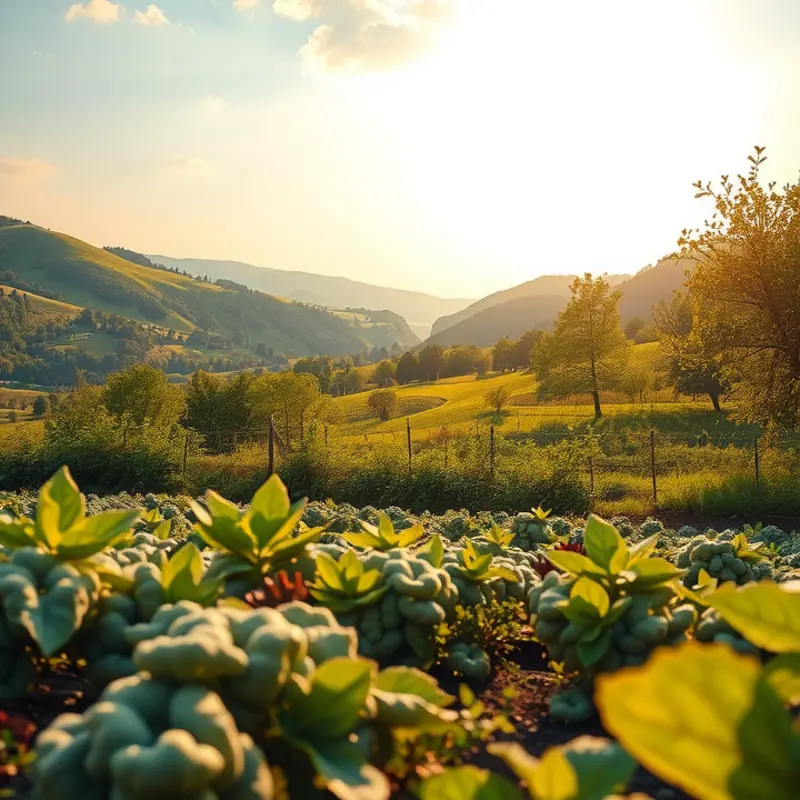
Incorporating native plant species into your garden is a transformative way to support both biodiversity and the local environment. These plants, having evolved over millennia alongside local fauna, provide the necessary resources for wildlife to thrive. Native flora offers nutritional value and natural habitats, attracting a variety of creatures from birds and butterflies to beneficial insects.
One of the key advantages of using native plants is their adaptability to your climate and soil conditions, reducing the need for excessive fertilizers and pesticides. This not only minimizes environmental harm but also supports sustainable gardening practices by lowering resource consumption. As they require less intervention, native plants are a low-maintenance choice for enhancing your garden while benefiting the ecosystem.
A thriving garden teeming with life can begin with planting species such as milkweed, the primary host plant for the monarch butterfly. Monarchs are not just pollinators but also important indicators of ecosystem health. Goldenrods, similarly, attract a wide range of pollinators and provide essential nectar late into the season. Meanwhile, elderberry shrubs not only offer a habitat and food source for many bird species but their berries can also be harvested for personal use.
Incorporating a diverse range of plants can bolster the ecological health of your garden. For instance, bee balm and coneflower not only add vibrant colors and textures but are also magnets for pollinators like bees and hummingbirds. Ground covers like wild ginger not only suppress weeds but also provide shelter for insects and small mammals.
When selecting plants, consider the specific wildlife you wish to attract. Researching the local fauna and their preferred habitats can help in choosing the right flora. This ensures a harmonious coexistence between flora and fauna, enhancing the overall resilience of your garden ecosystem.
Incorporating native plants into your garden aligns with responsible land stewardship. Besides beautifying your space, these plants contribute significantly to local wildlife welfare. Those interested in more sustainable choices in their gardening practices may find value in exploring additional strategies for eco-friendly eating in the article Eco-Smart Kitchen Storage, which complements the ethos of sustainability beyond the garden.
Ambientally synergistic gardens can do more than provide personal enjoyment; they play a pivotal role in fostering biodiversity. With each native plant added, you actively contribute to a larger movement of conservation, promoting habitats for endangered and common species alike. Transform your garden into a sanctuary by planting with a purpose, making a lasting impact on the world outside your doorstep.
Final words
Making eco-friendly food choices aligned with wildlife habitats is an empowering step toward sustainability. By supporting local produce and planting native flora, you can play an instrumental role in preserving biodiversity. These simple yet impactful changes not only enrich local ecosystems but also enhance your connection with nature. As you embrace these practices, remember that each small choice creates ripples of positive change for the future of our planet. Let’s cultivate a harmonious coexistence with wildlife through our food choices, contributing to a vibrant, thriving world.

